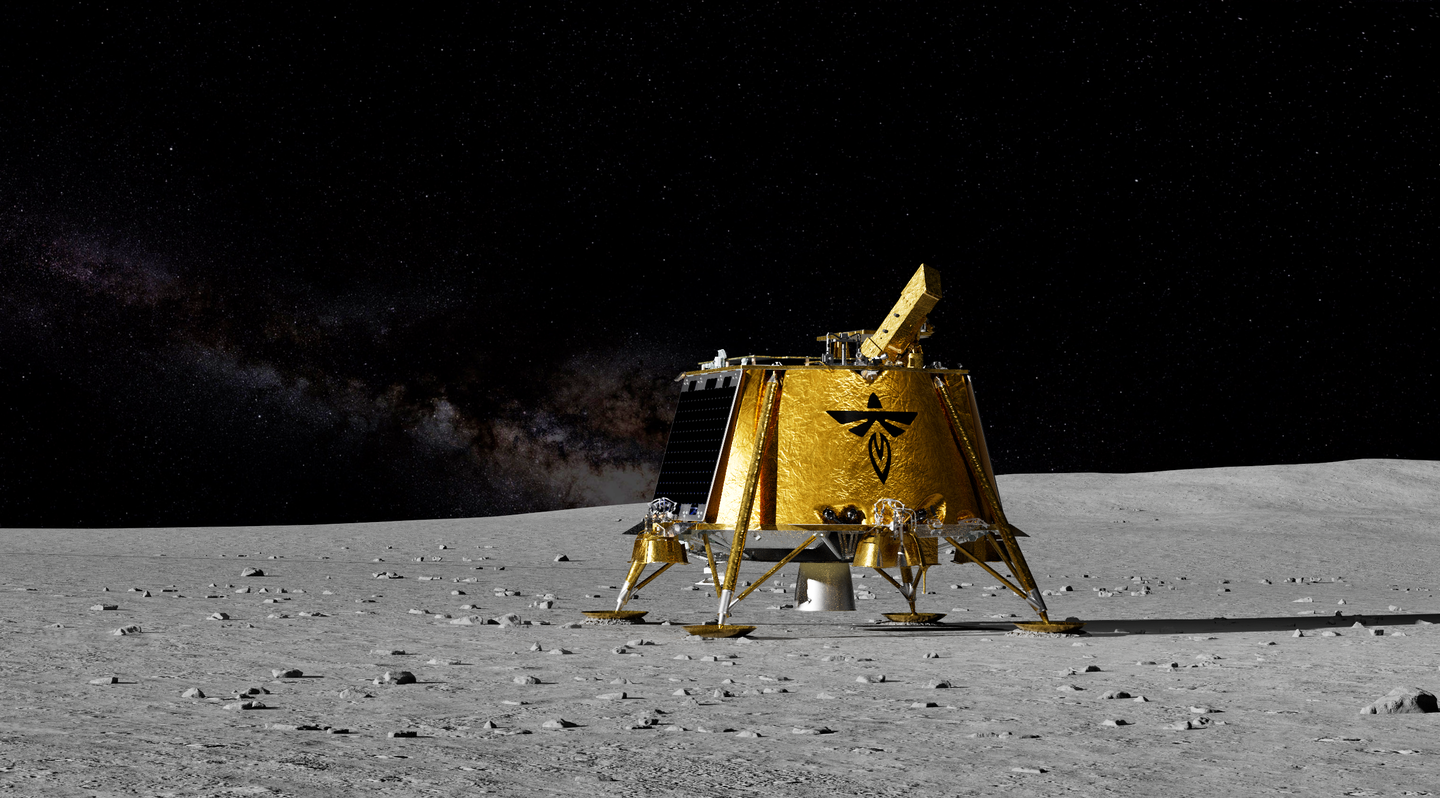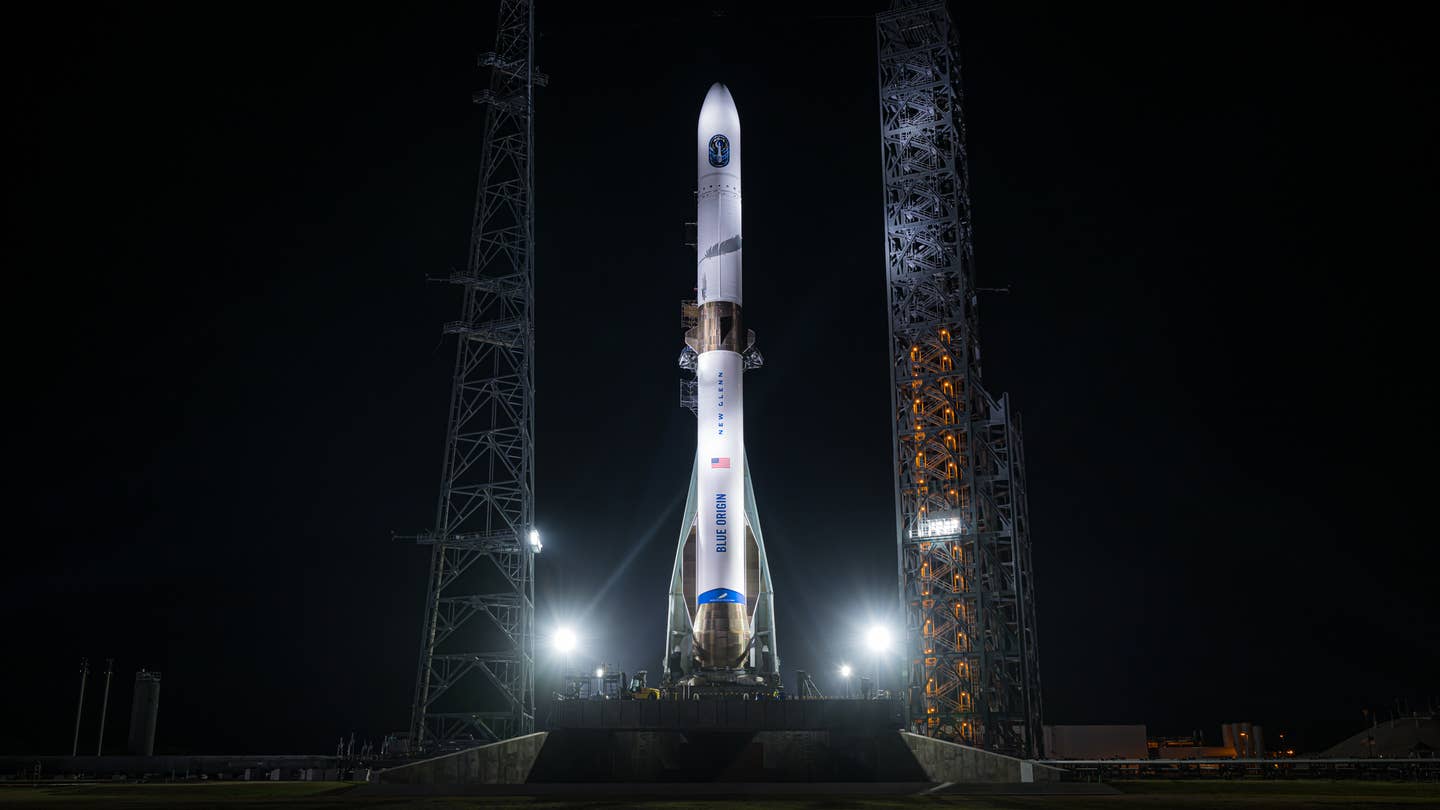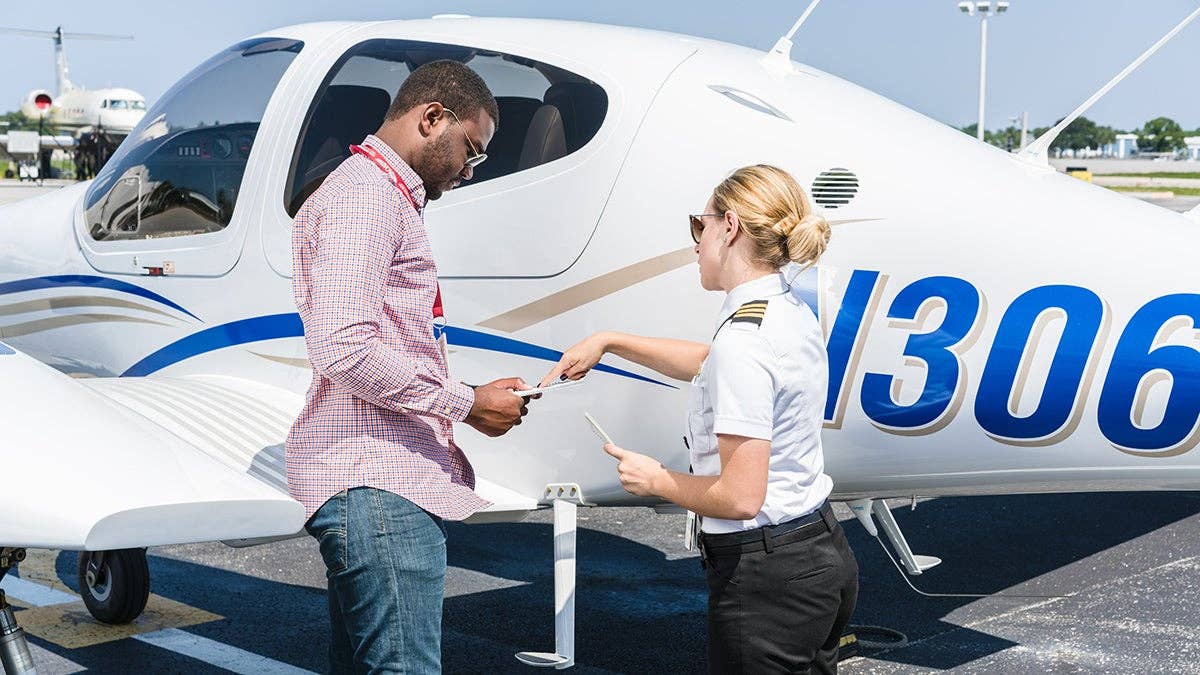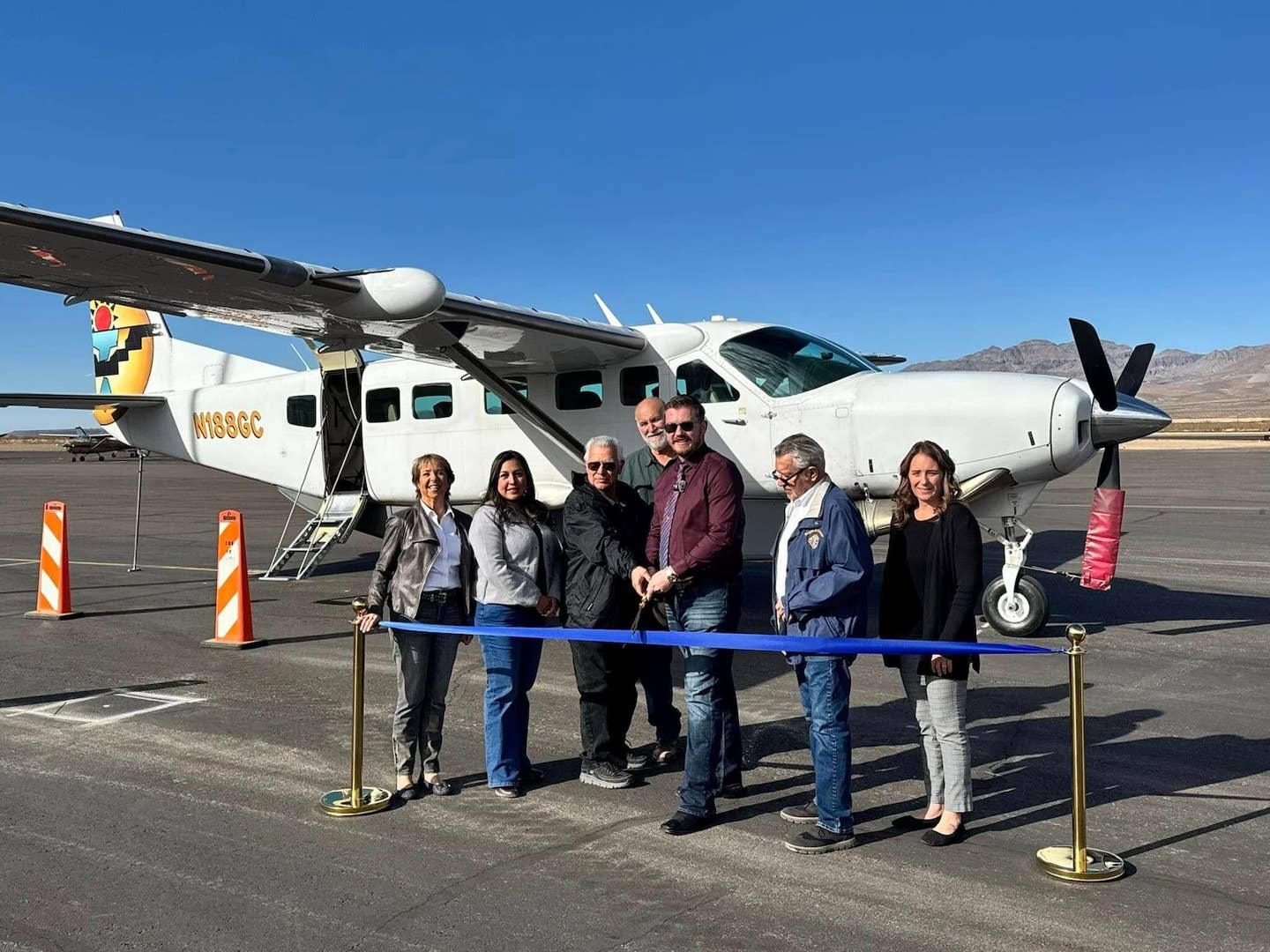
** The Atlas V rocket during the recent
launch of NASA’s Juno spacecraft.** United Launch Alliance
Boeing has announced a plan to use Atlas V rockets to launch the company’s commercial astronaut capsule into space for a series of future test flights.
The plan is contingent upon additional funding from NASA, but Boeing’s vice president and program manager of commercial crew programs John Elbon maintains that, “This selection marks a major step forward in Boeing’s efforts to provide NASA with a proven launch capability as part of our complete commercial crew transportation service.”
Atlas V is produced by the United Launch Alliance (ULA), a joint venture between Lockheed Martin and Boeing. Powered by a Russian-built RD-180 engine that produces more than 860,000 pounds of thrust on liftoff, as well as an RL-10 engine built by Pratt & Whitney, the Atlas V has 27 successful launches under its belt, including the recent launch of NASA's Juno spacecraft.
“The Atlas V is a cost-effective, reliable vehicle,” said George Sowers, vice president of business development at ULA. “We believe it is the right vehicle to help usher in the new commercial era in human spaceflight.”
If all goes according to plan, Boeing will use the rocket to launch the company’s seven-seat spacecraft on three “space taxi” test flights slated to take place in 2015. On one of the flights, Boeing test pilots will man the vehicle, known as the Boeing Crew Space Transportation (CST)-100 spacecraft, as it travels to the International Space Station.
Boeing, along with SpaceX, Sierra Nevada Corp. and Blue Origin, are currently sharing $269 million in funds from NASA geared toward the development of manned space initiatives that will replace the retired shuttle program and continue American exploration into space.
“Our approach is to build a reliable spacecraft, built on existing simple systems, then integrate that with a proven launch vehicle, all focused on putting in place a very safe system that can be operational as soon as practical so that we can start flying U.S. crews from U.S. launch sites in the post-shuttle era,” Elbon told Reuters.
Until American commercial space travel is established, NASA will pay the Russian Federal Space Agency more than $50 million per person to send American astronauts into space aboard Russian spacecraft. To date, the Obama Administration has proposed a budget of $850 million to cover NASA’s space taxi development initiatives.

Sign-up for newsletters & special offers!
Get the latest FLYING stories & special offers delivered directly to your inbox






